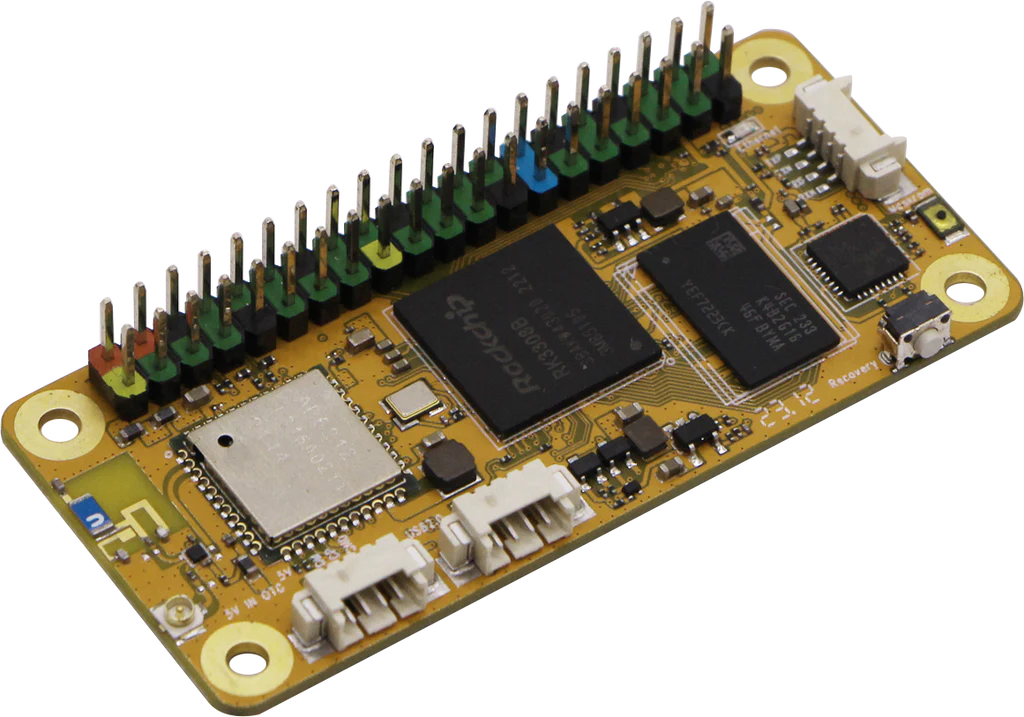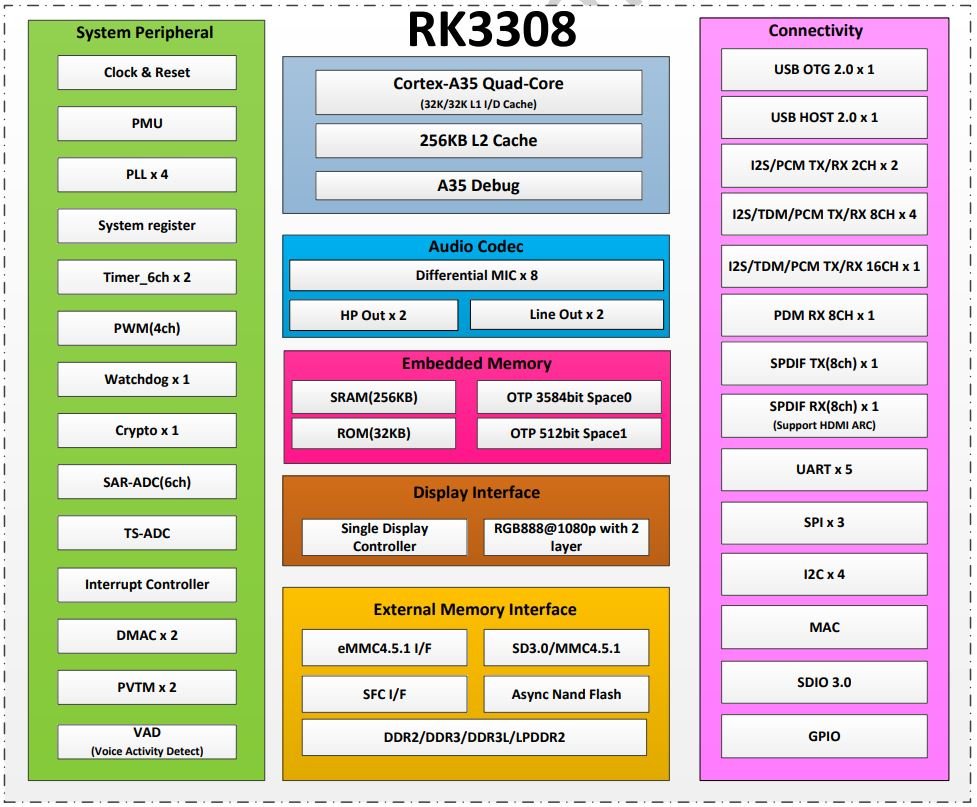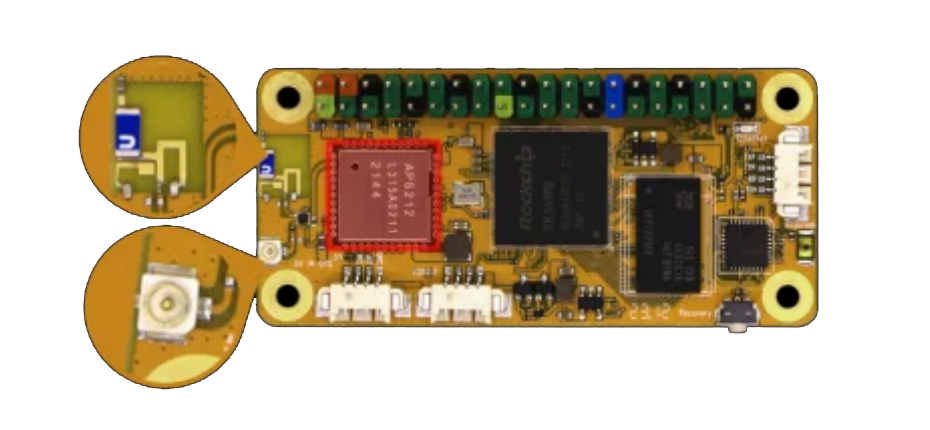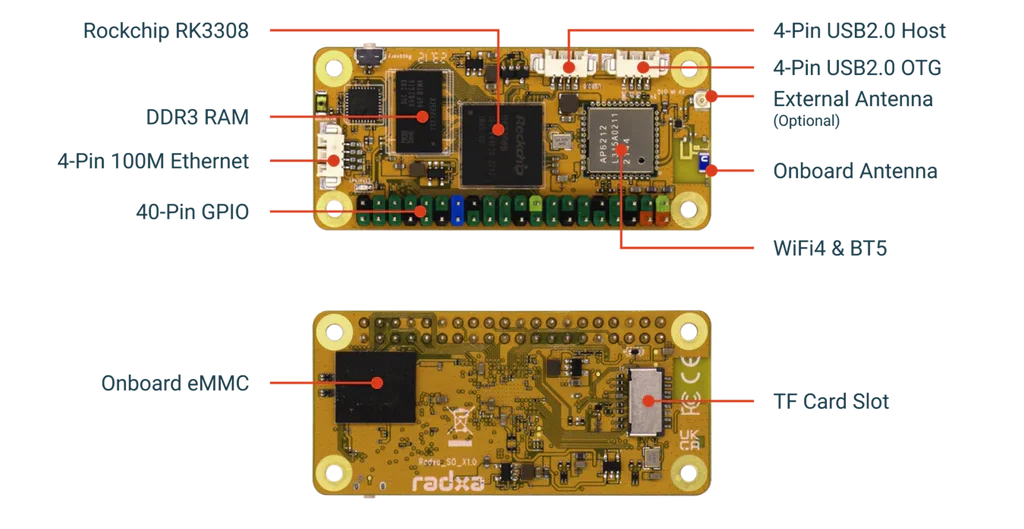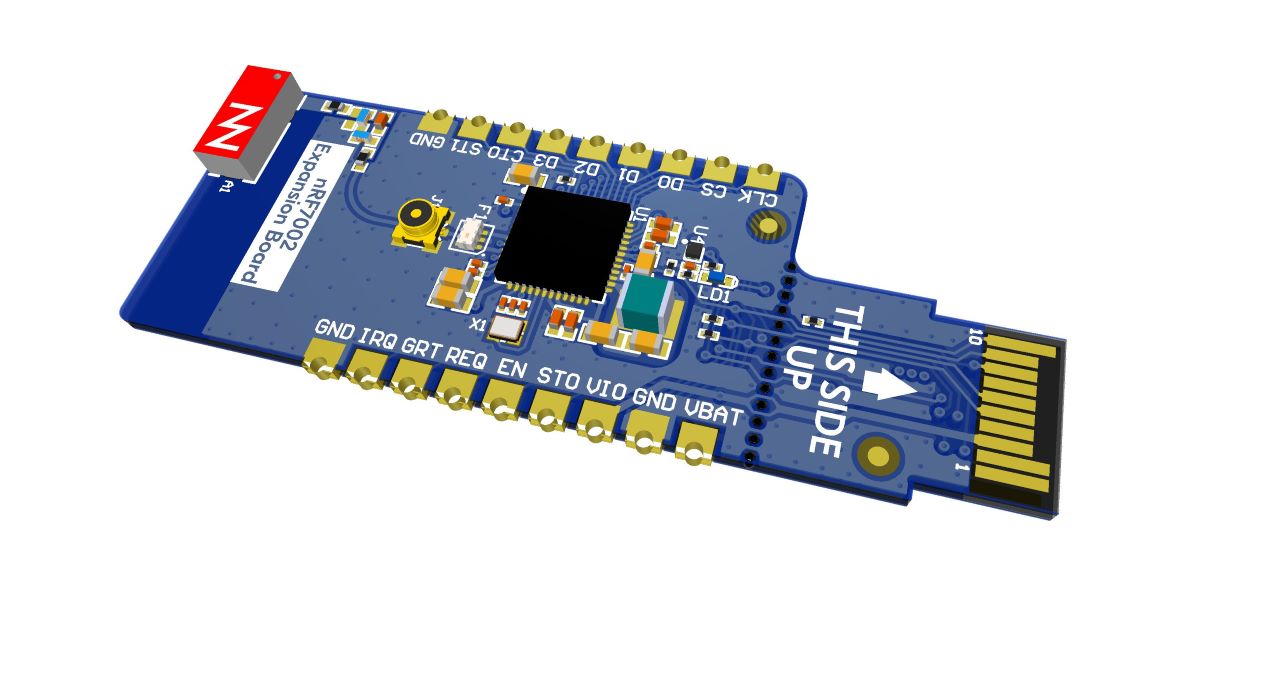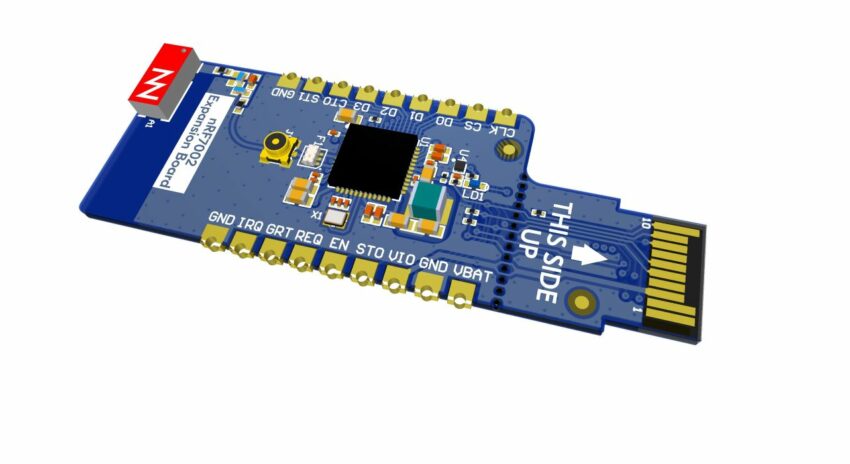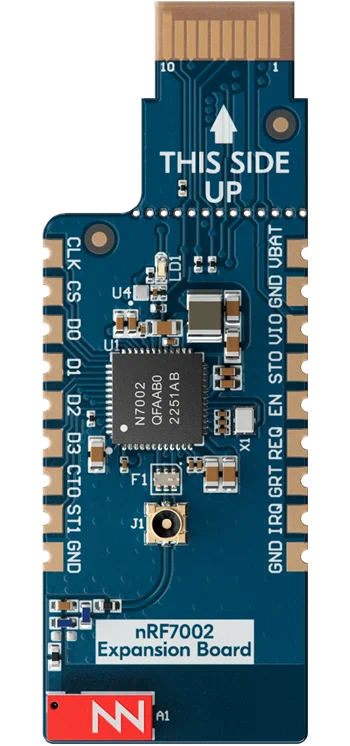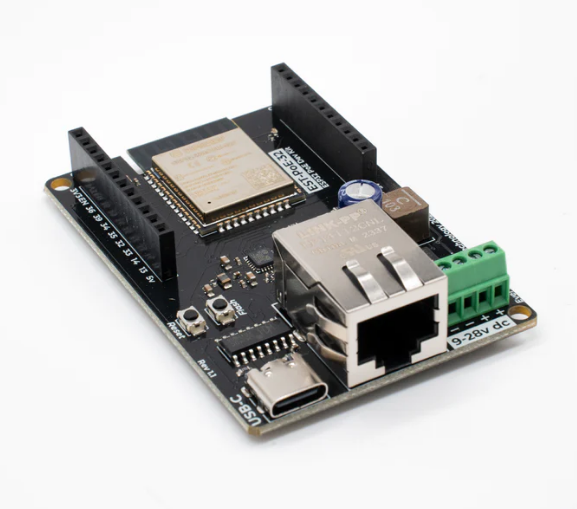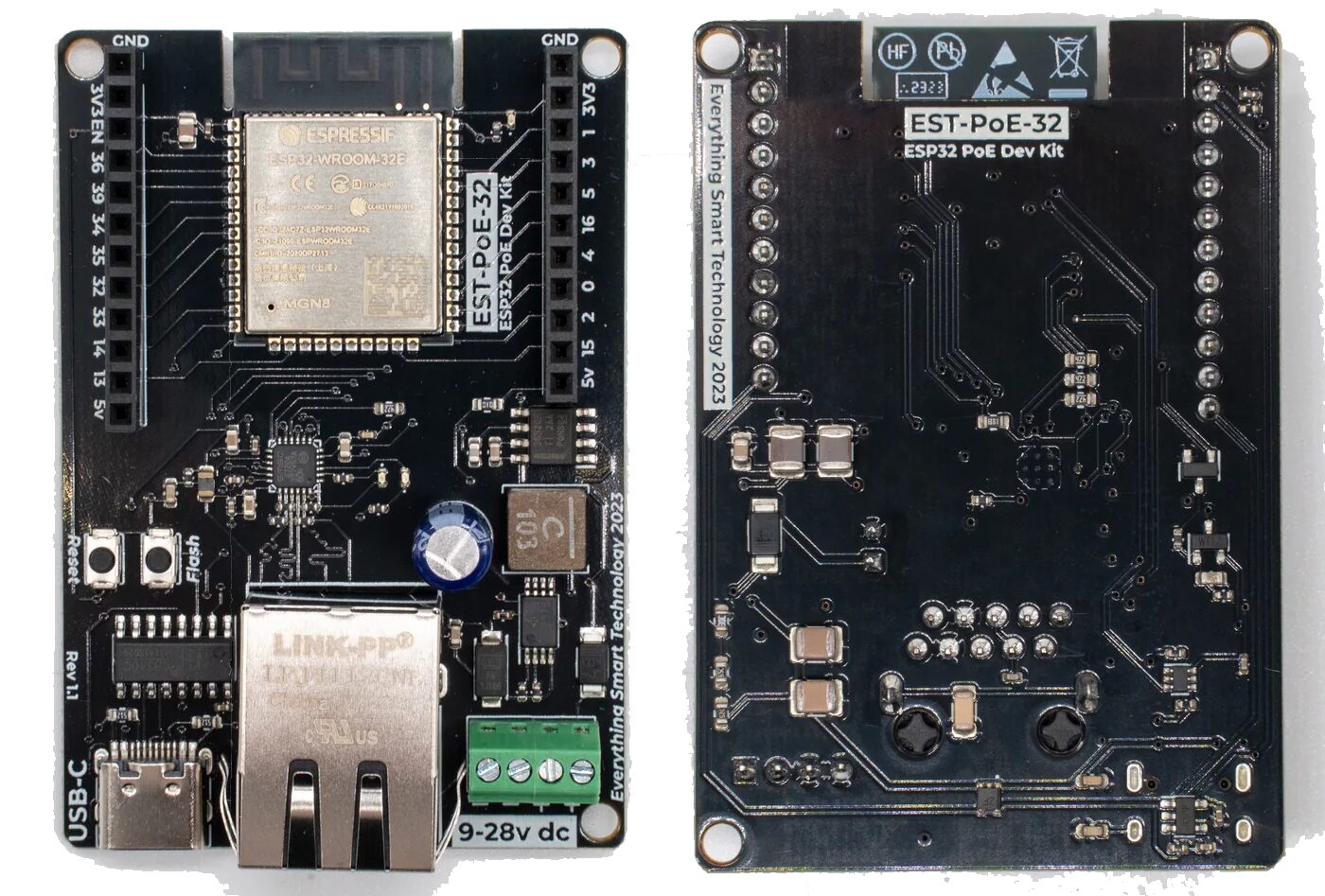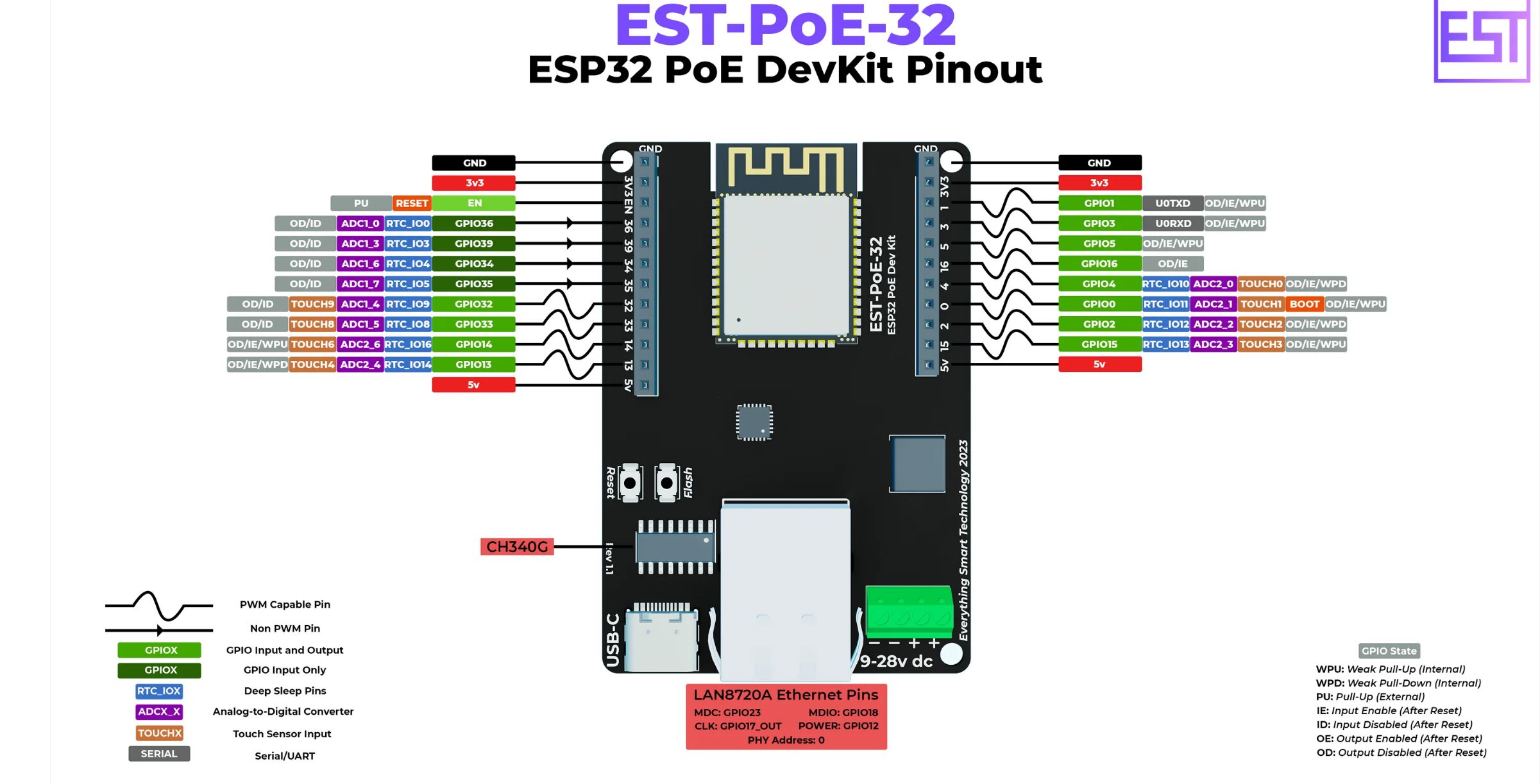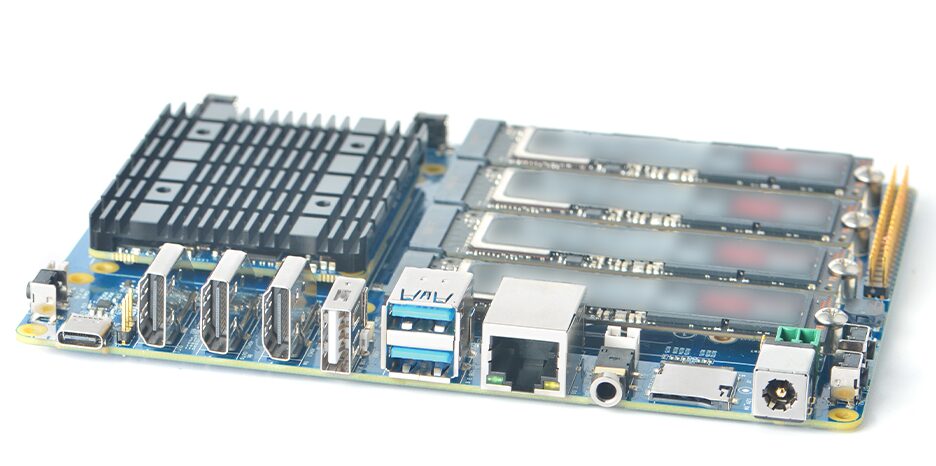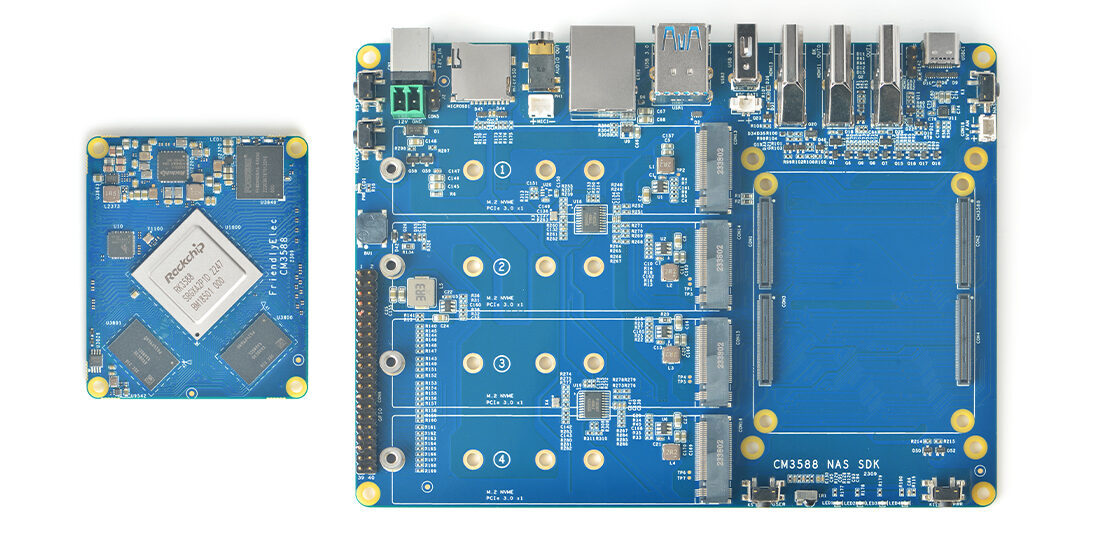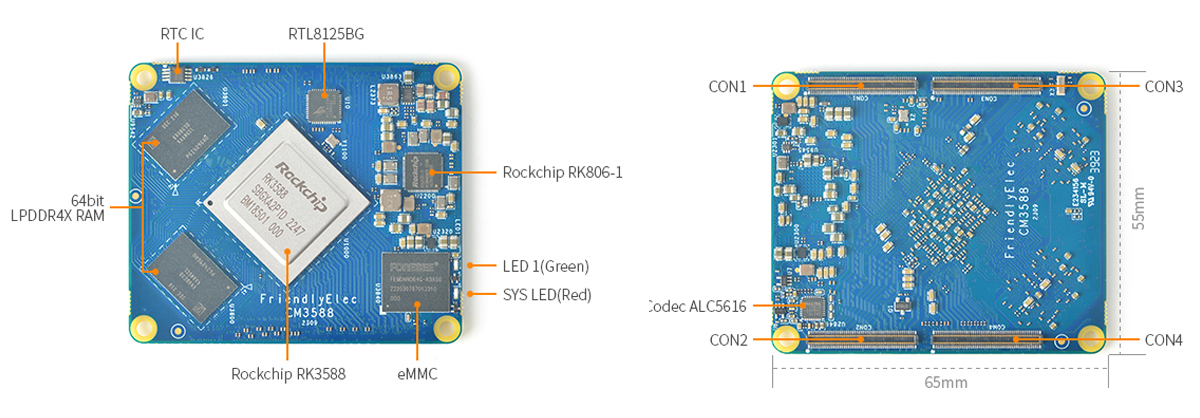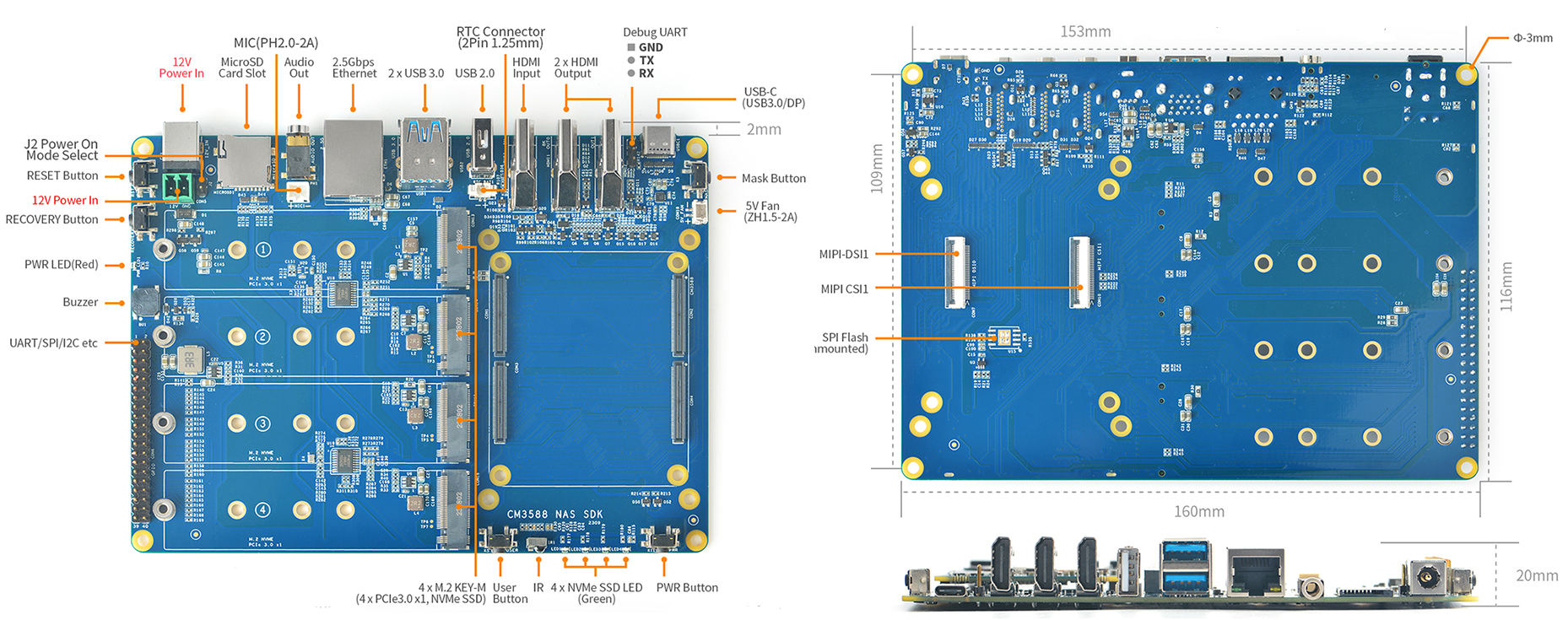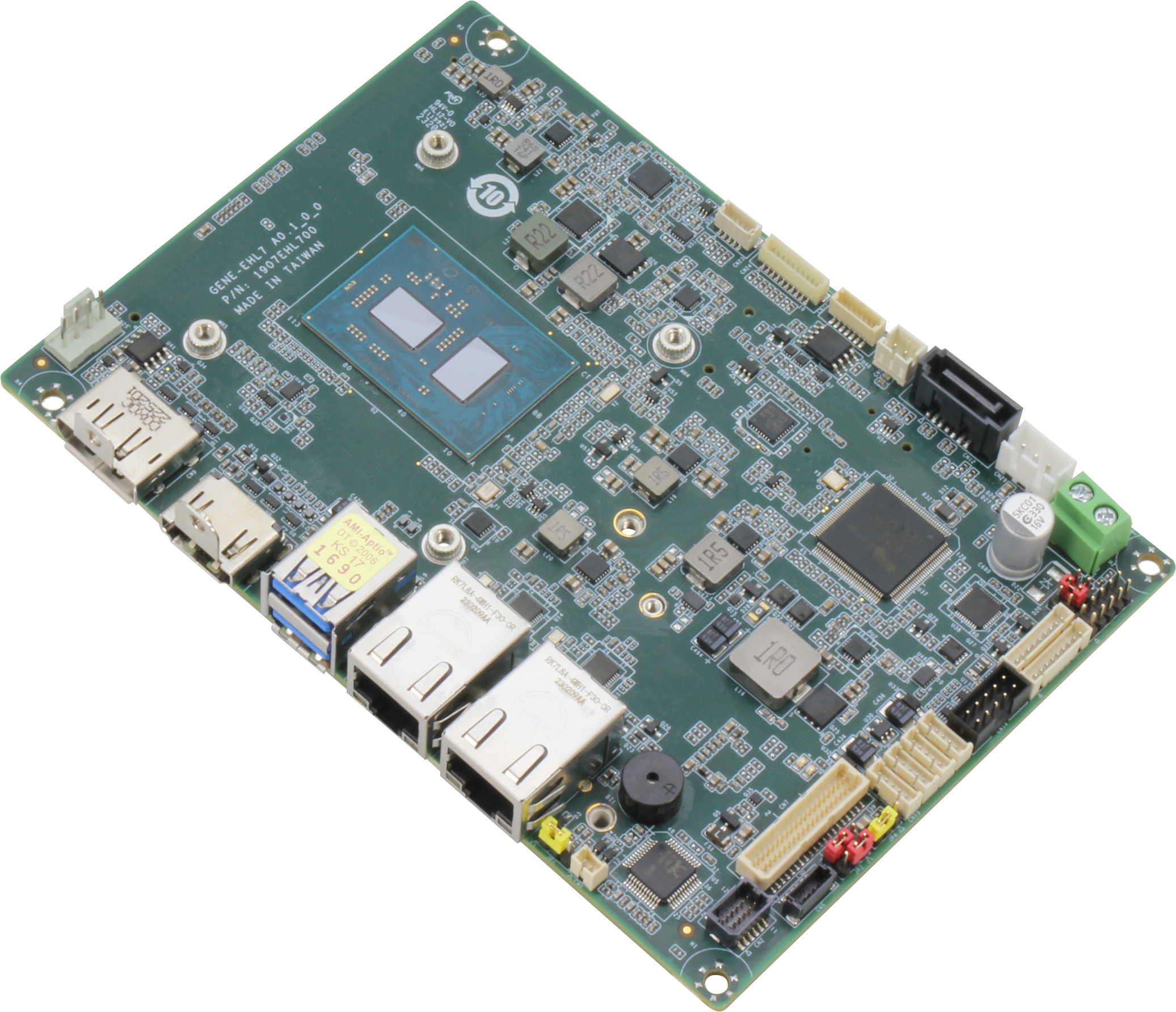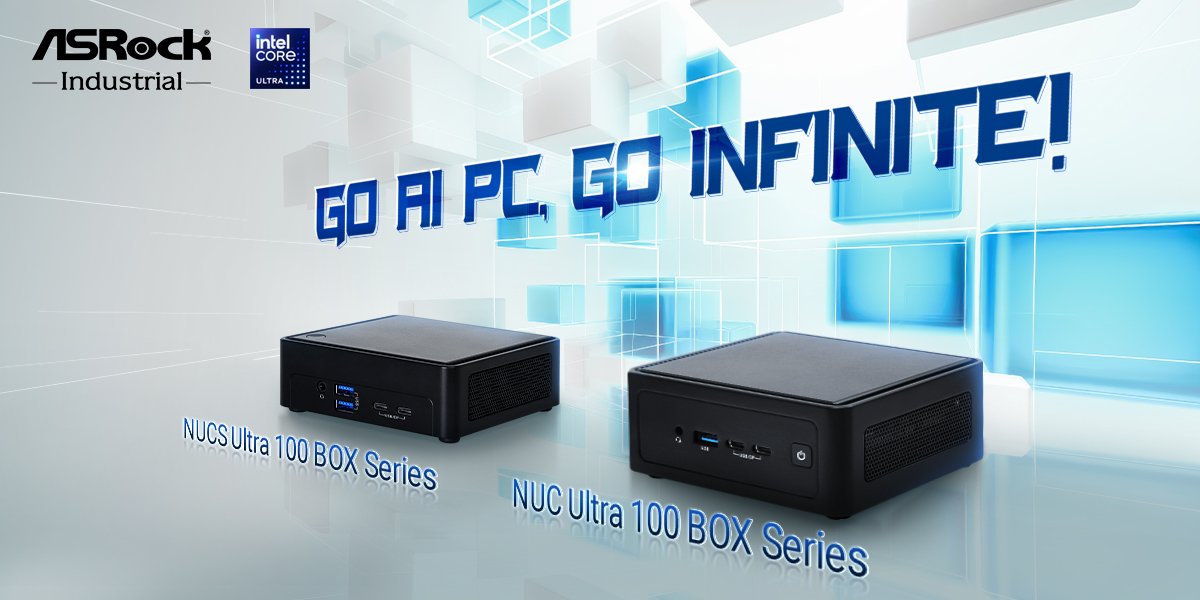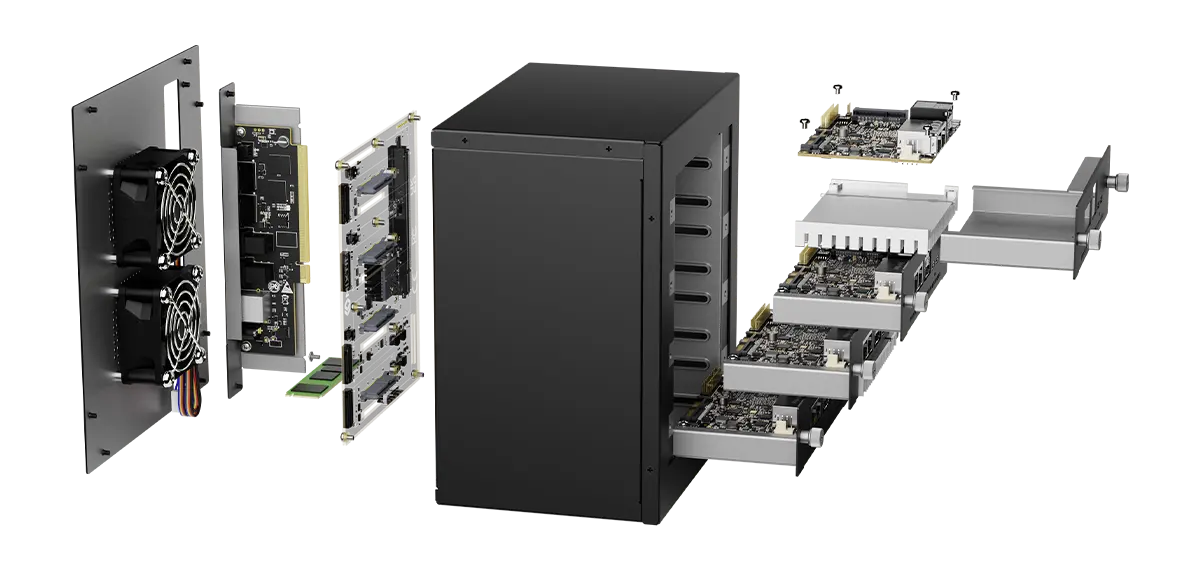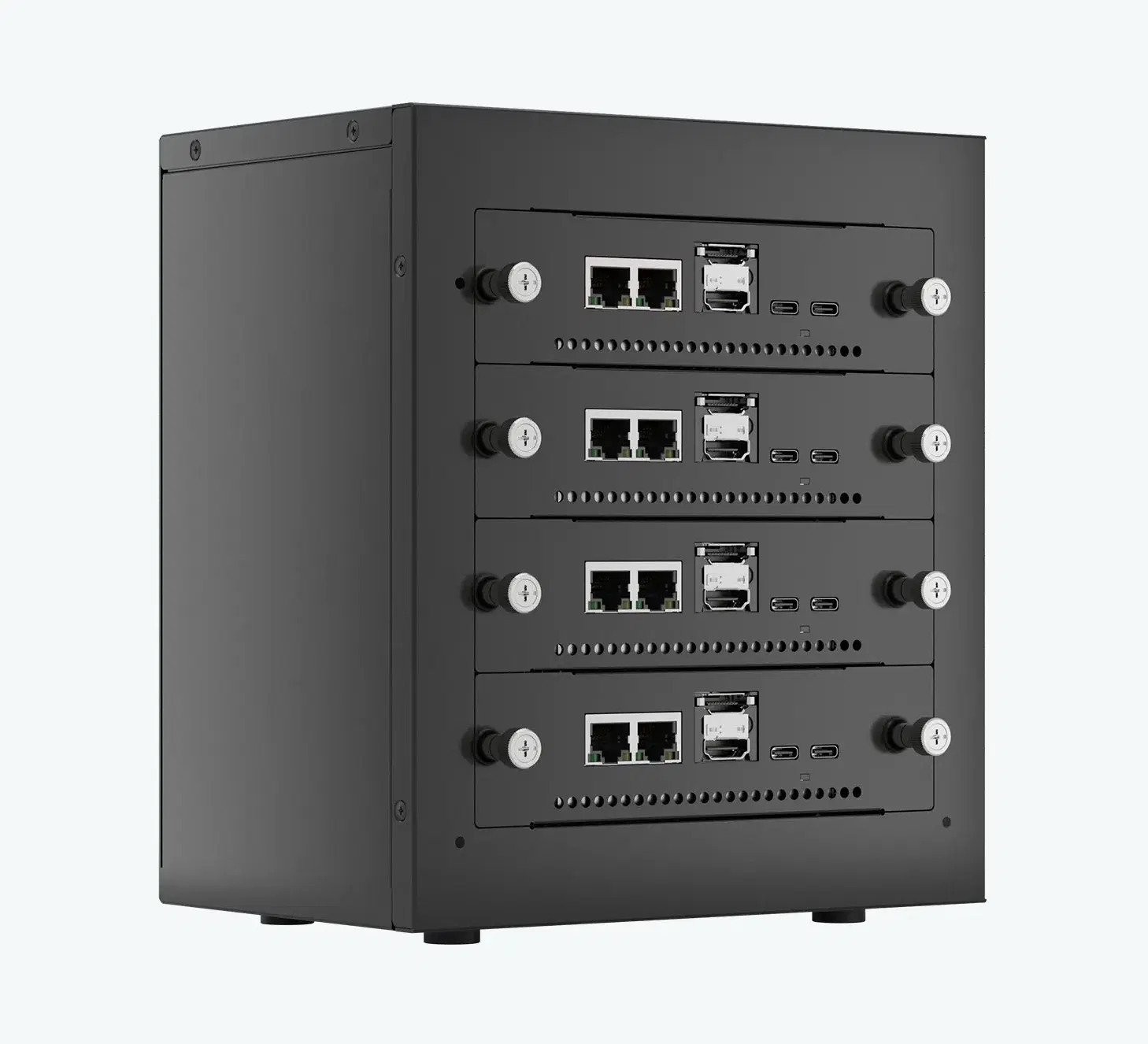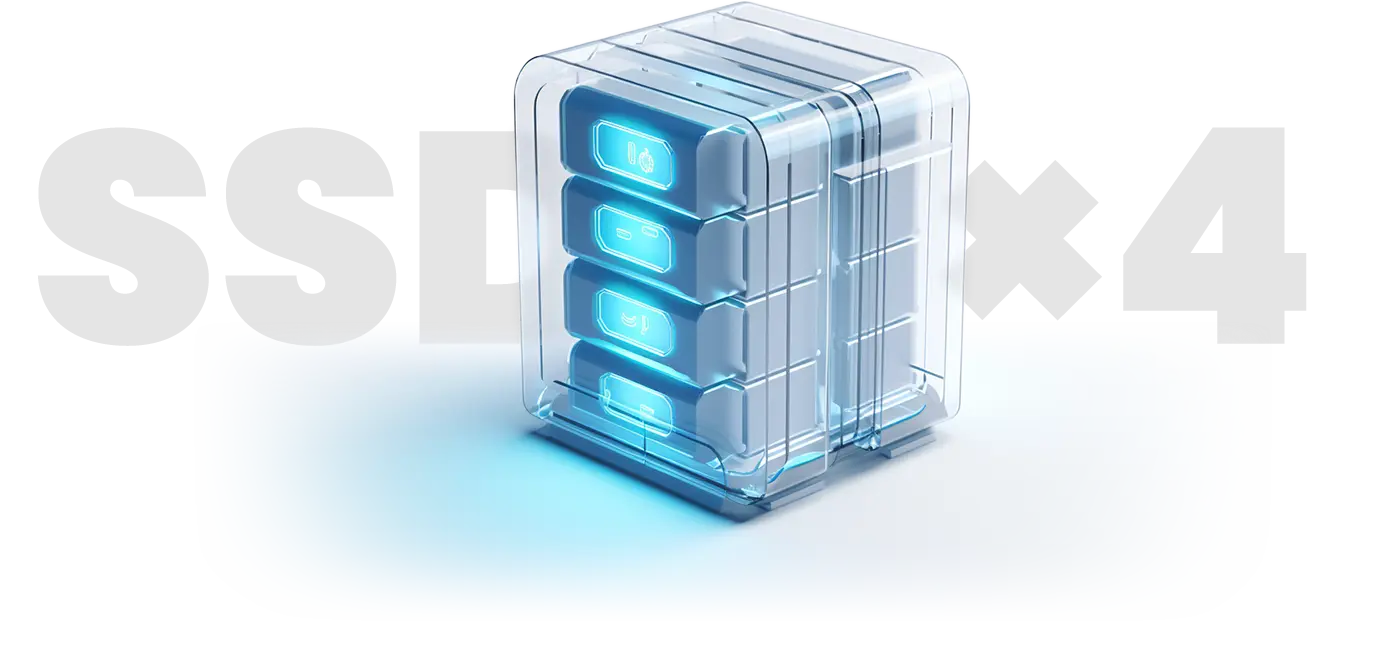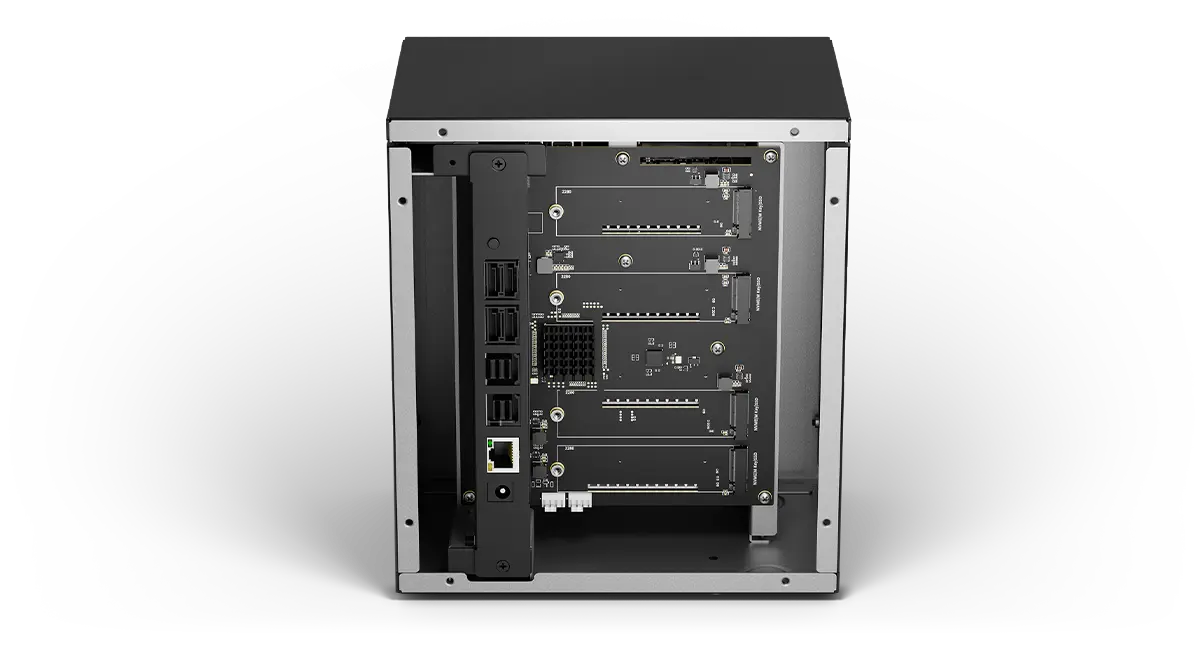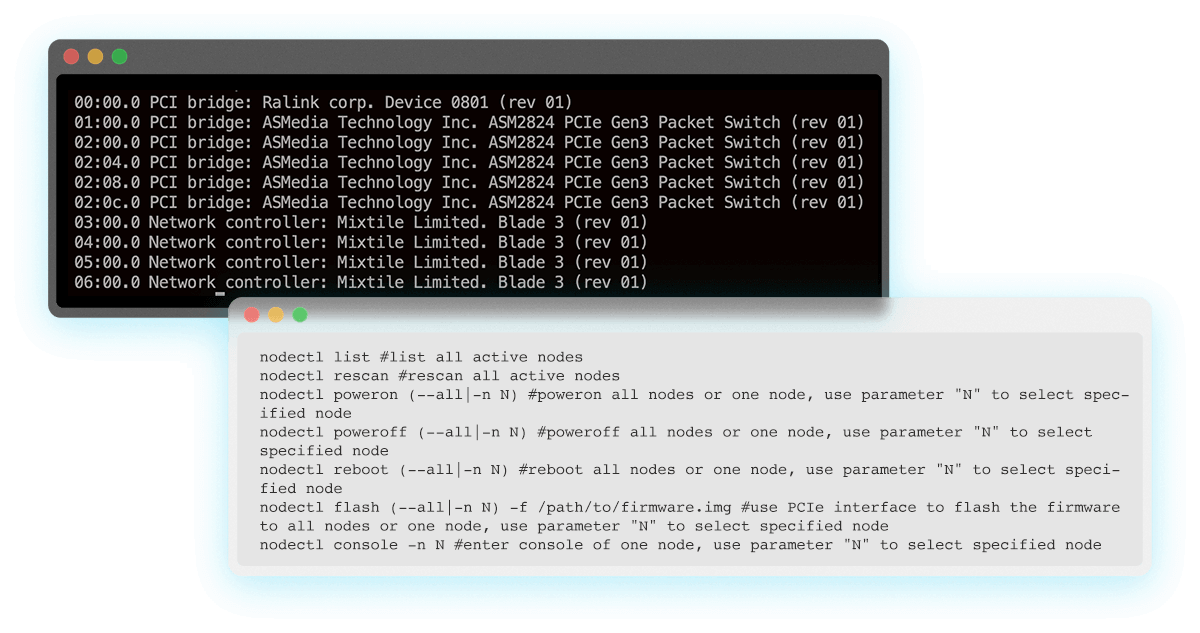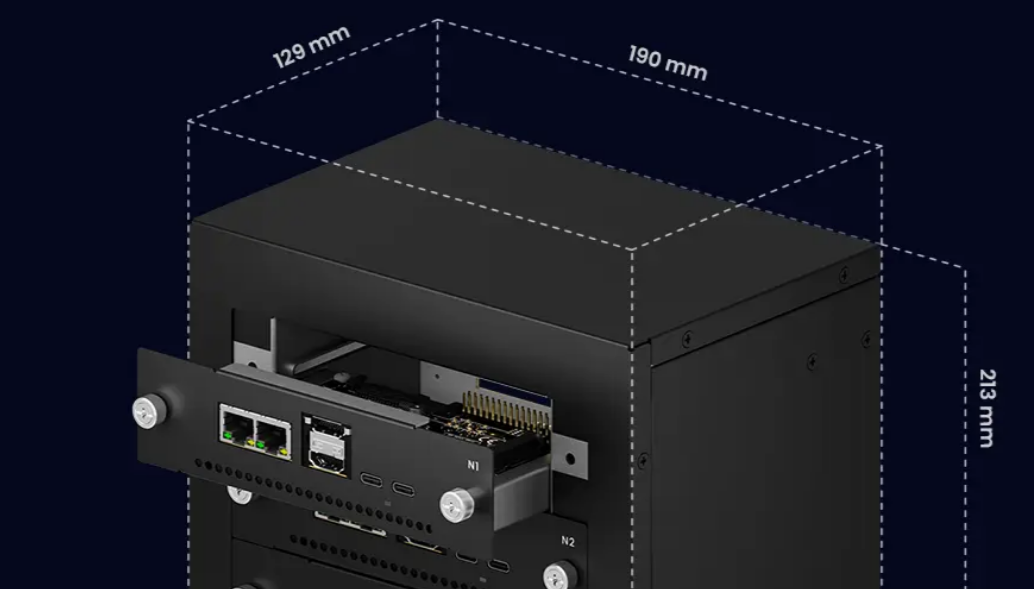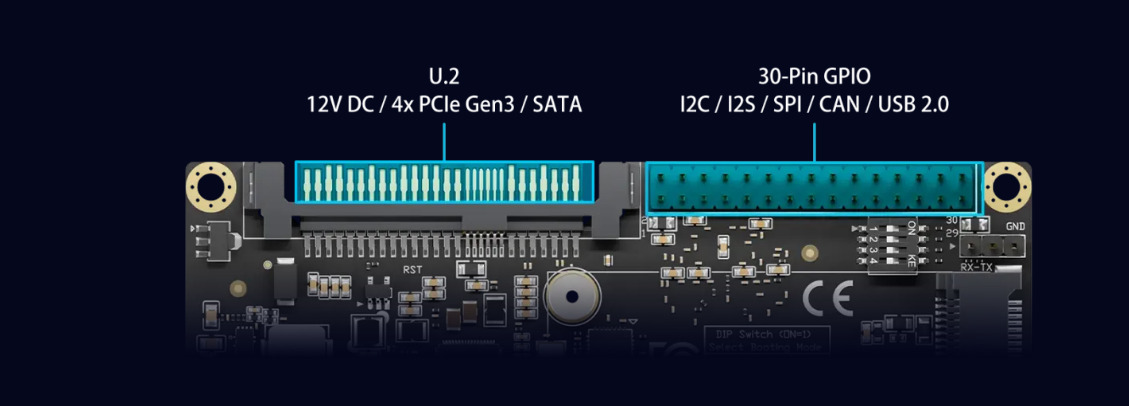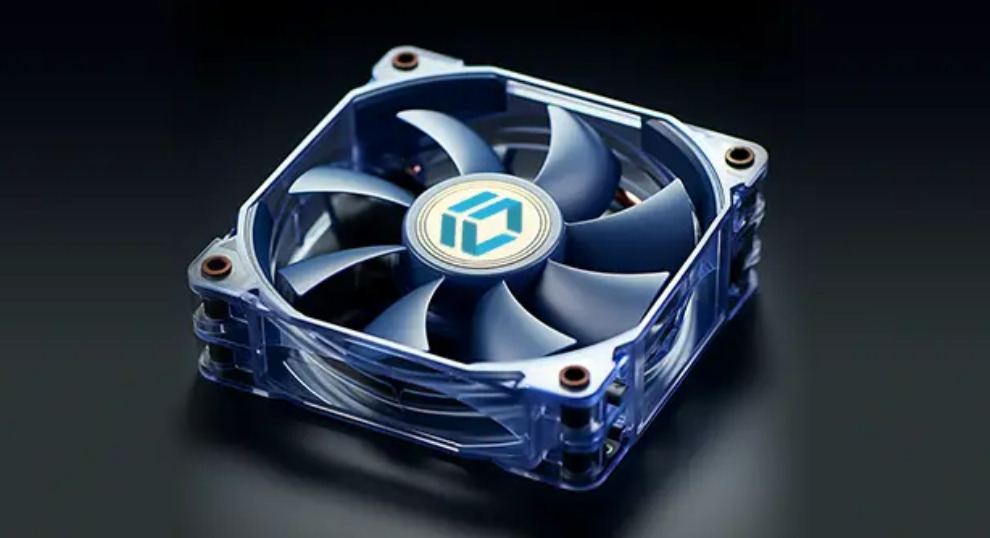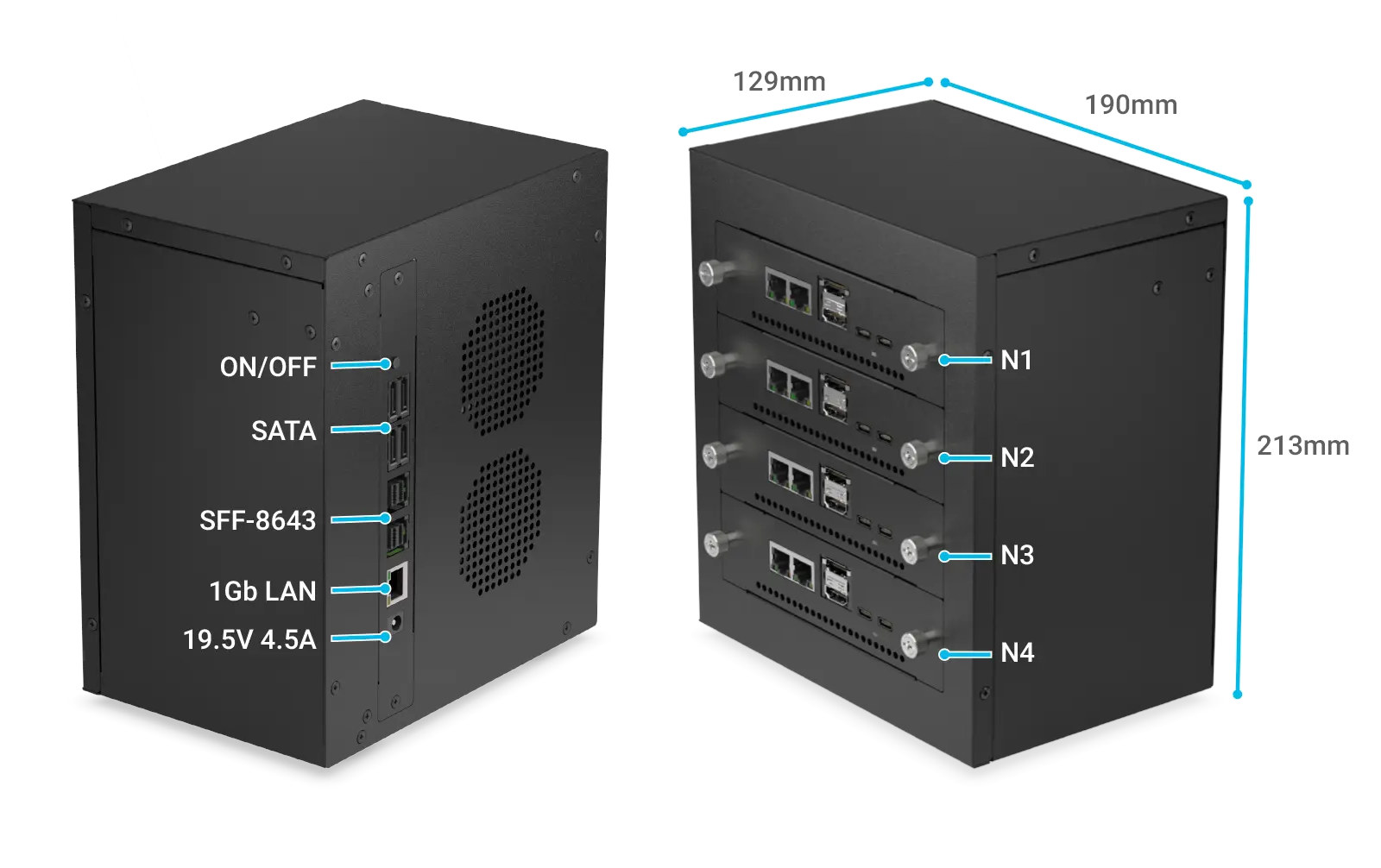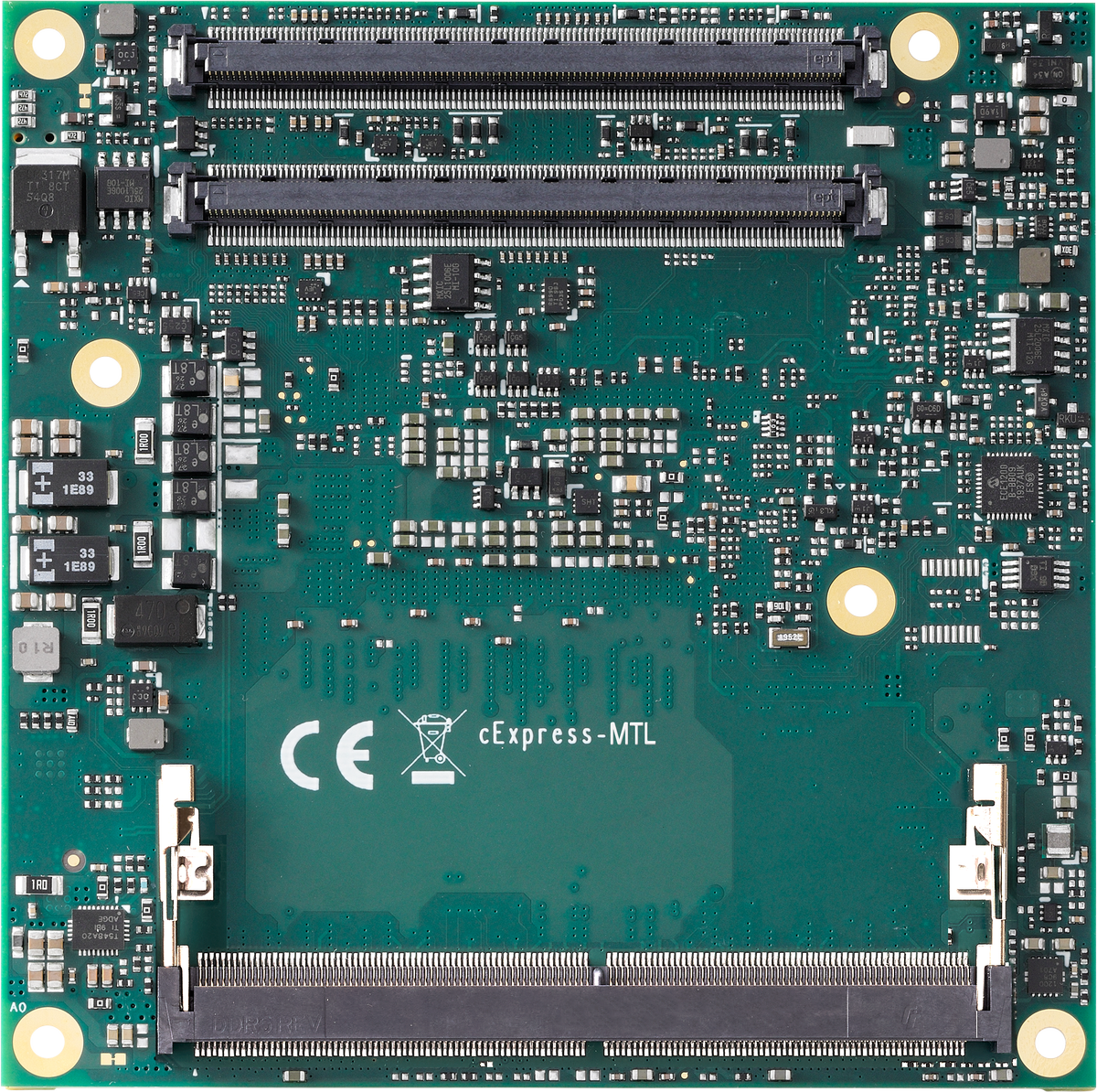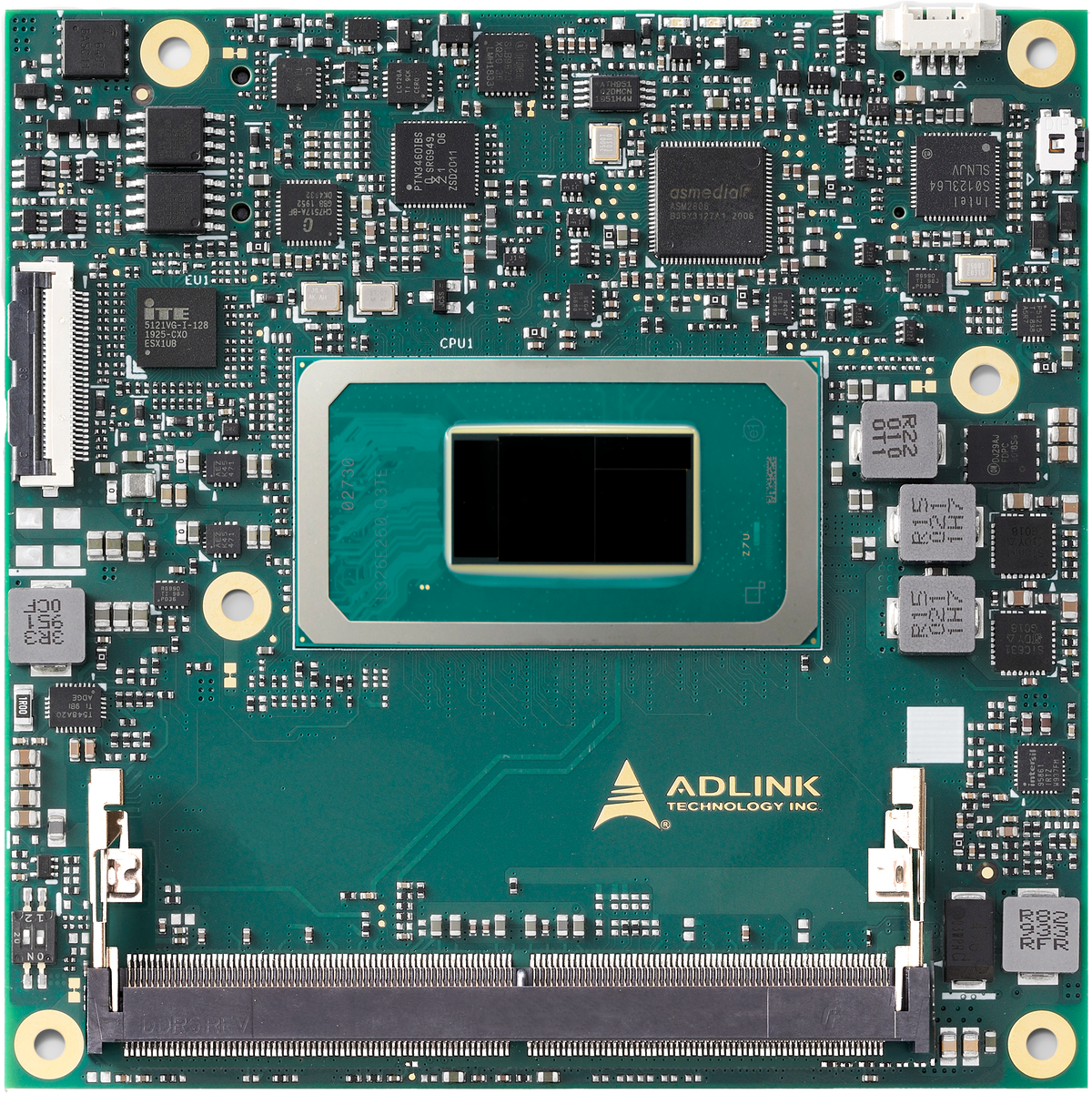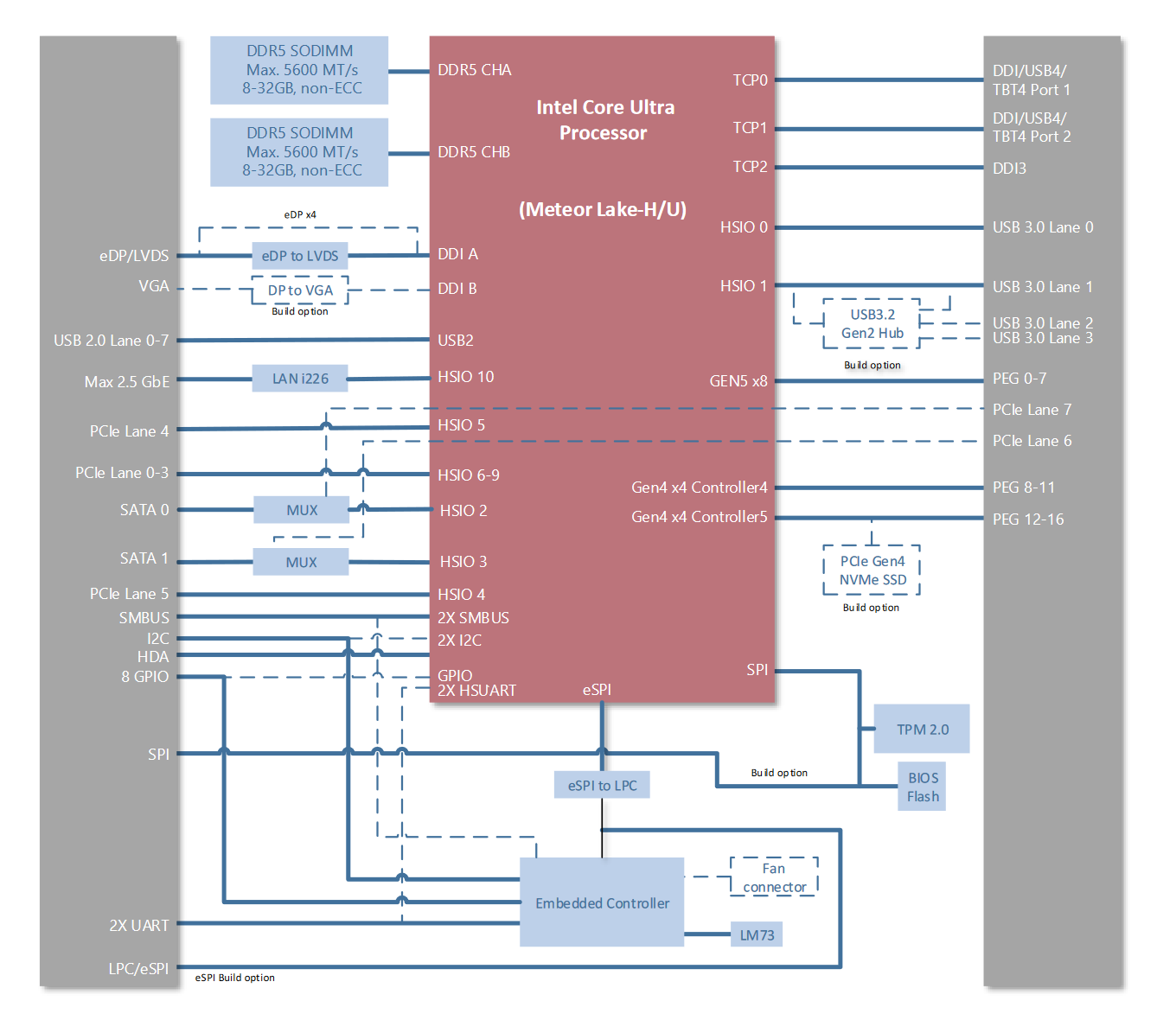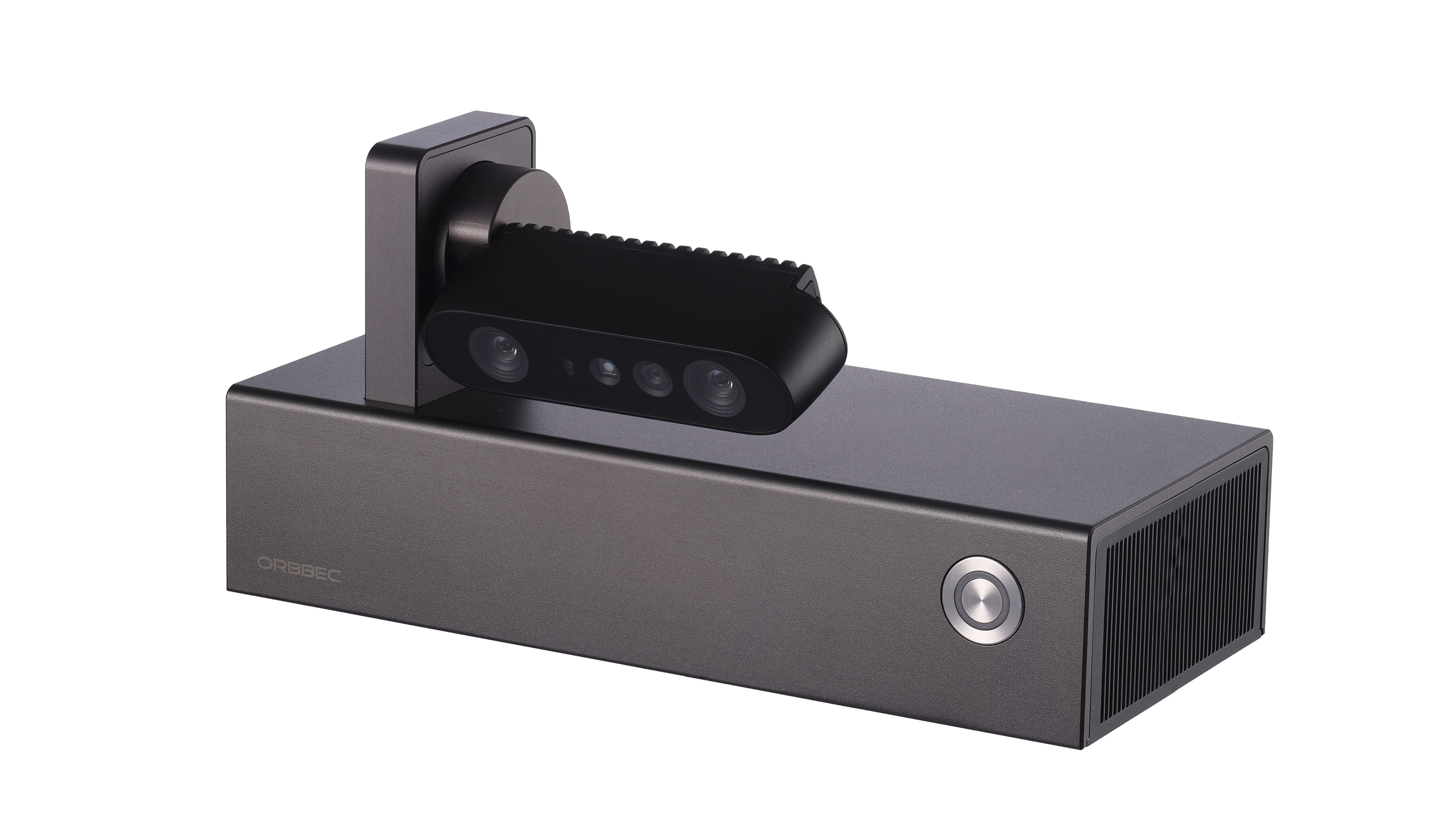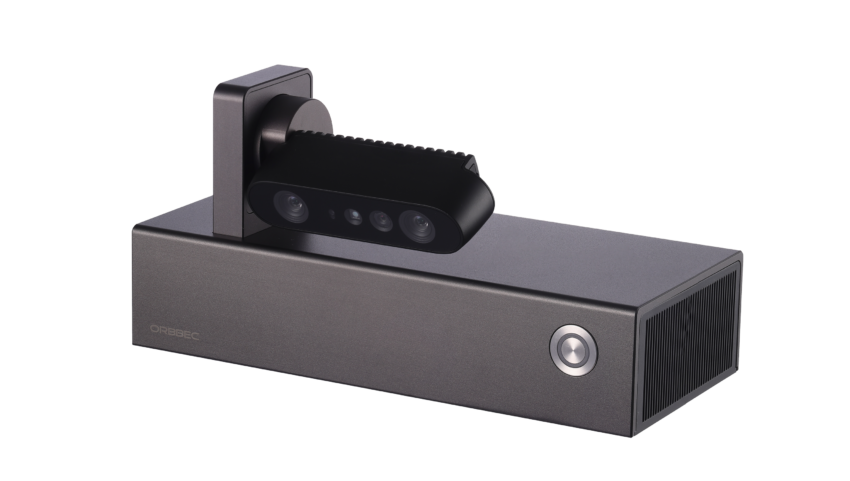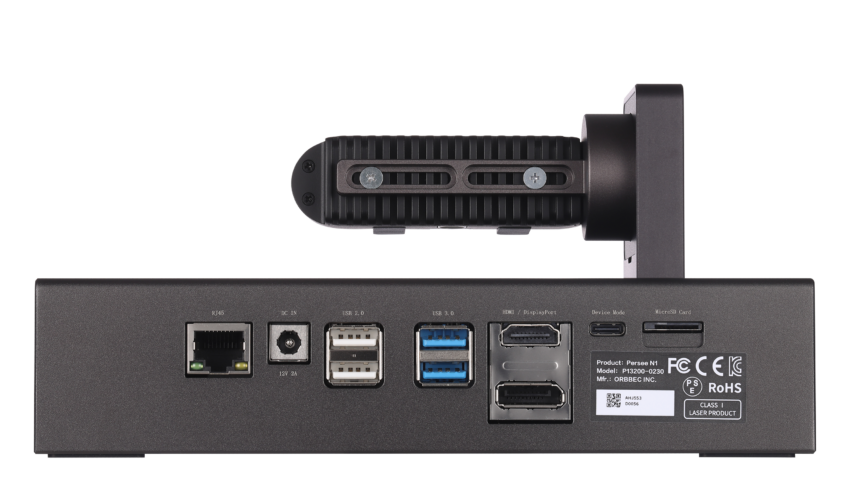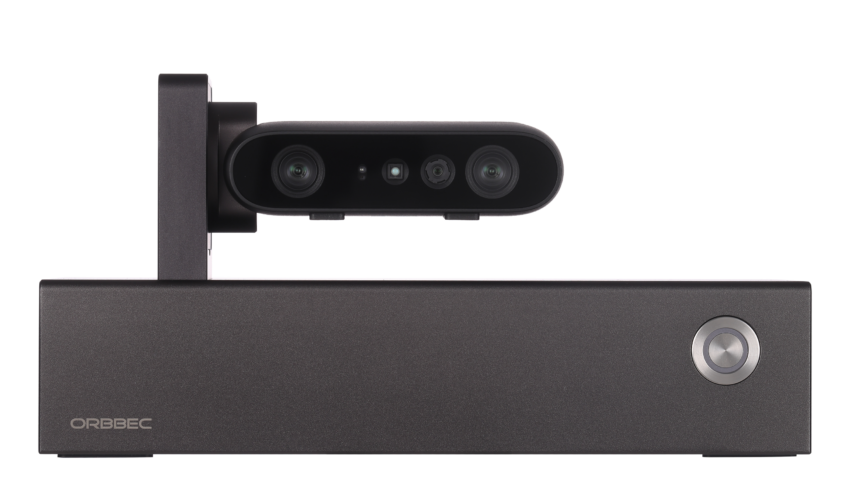The Radxa ROCK S0 is a compact development board powered by the 64-bit Rockchip RK3308BS SoC, featuring four Arm Cortex-A35 cores. It offers RAM options of 256MB or 512MB and comes with onboard eMMC storage available in 2GB, 4GB, or 8GB capacities. With a price tag of $11.90, this board is capable of handling small to medium tasks very efficiently.
The Radxa ROCK S0 is a tiny yet feature-rich development board similar in size to the Raspberry Pi Zero 2W. We’ve previously explored various boards with this form factor, including the Mango Pi MQ Quad Orange Pi Zero 2W Radxa Zero 3W & 3E, RP2040 Pi Zero, and many other boards like this. The very recent Banana Pi BPI-M4 also falls in this category.
At the core of the board, you will find the RK3308BS which features a quad-core Arm Cortex-A35 processor with a speed of up to 1.30GHz. It offers 256MB or 512MB DDR3 RAM options. Similarly, storage options include onboard eMMC with capacities of 2GB, 4GB, or 8 GB. Also, there is a MicroSD card slot on the bottom of the board for extra storage or you can use that as a boot drive.
The Radxa ROCK S0 board also features a 10/100Mbit Ethernet port with wireless connectivity options like 802.11 b/g/n Wi-Fi and Bluetooth 5.0. It also includes an external antenna connector for Bluetooth and Wi-Fi. It has a 40-pin I/O connector for connecting sensors and other components. The GPIO also offers interfaces like I2C, PWM, SPI, and UART.
The Radxa ROCK S0 includes USB 2.0 ports for both OTG and Host connections. It’s also designed to be energy efficient, needing just 0.5W of power when idle and no more than 5W at full capacity, even when operating under heavy loads.
Radex elaborates that the ROCK S0 is Linux-friendly, and supports popular Linux distributions like Debian and Ubuntu. they also provide a hardware access/control library for easier interfacing with the GPIOs of the board.
The RADXA ROCK S0 Specifications:
- SoC and Processor:
- Rockchip RK3308BS
- Quad Cortex-A35 64-bit SOC @ 1.3GHz
- Memory and Storage:
- 256/512MB DDR3 RAM
- 2/4/8GB onboard eMMC
- TF card slot
- Connectivity:
- USB 2.0 OTG, USB 2.0 HOST (4-pin MX1.25mm connector)
- 10/100Mbit Ethernet (4-pin MX1.25mm connector)
- 802.11 b/g/n Wi-Fi,
- Bluetooth 5.0 with external antenna
- Expansion:
- 40-pin GPIO header
- I2C x4, PWM x3, SPI x2, UART x3, I2S0 x1
- Power:
- 5V/3A DC in, 3.3V DC in
- Idle: 0.5W / Full load: ≤5W
- Additional Features:
- Reset, Maskrom buttons
- ARMv8, Linux support, hardware library
- Dimensions:
- 65x30mm,
- Operating temperature:
- 0-50°C
The standard version of the Radxa ROCK S0 is priced at $11.90, which includes 512MB DDR3 RAM but no eMMC and comes without a header. For more details and other variants, you can visit the allnetchina website.

